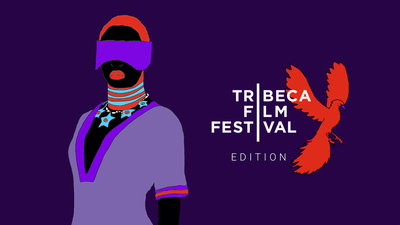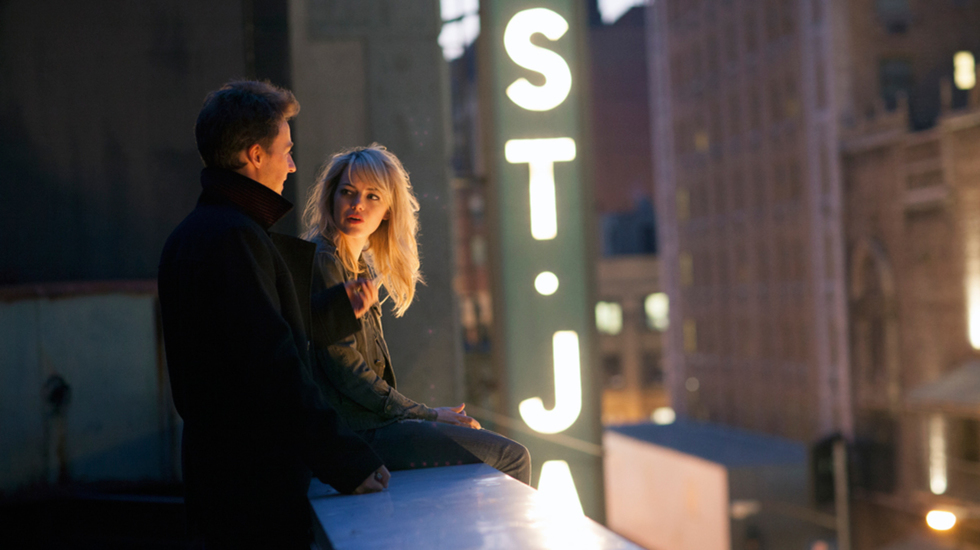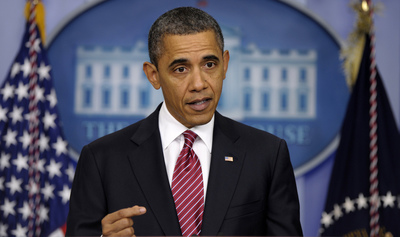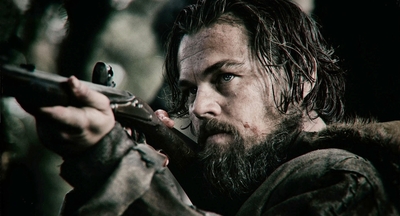
BY KAREN KEMMERLE |
Despite New Kodak Deal Film Continues to Lose Ground
Kodak recently announced that it has finalized new film supply agreements with all six of the major Hollywood studios.

It’s been almost three years since Side By Side celebrated its world premiere at the 2012 Tribeca Film Festival, and the battle between film and digital is raging on.
In the last year A-list directors including Quentin Tarantino and Martin Scorsese urged Hollywood studios to keep film stock in use and their push has paid off. Kodak recently announced that it has finalized new film supply agreements with all six of the major Hollywood studios, including Paramount, Sony Pictures, and Disney Co.
“Film has long been – and will remain – a vital part of our culture,” said Jeff Clarke, Kodak chief executive officer.
Despite the deal the filmmaking process is ever evolving, which in turn makes audiences accustomed and even expectant of new formats. One has to wonder if the many possibilities that digital opens for experimenting filmmakers provide too much an advantage over classic filmmaking techniques.
While many of this years most talked about films were produced on film, including Boyhood, The Grand Budapest Hotel, and Foxcatcher only one of the five best achievement in cinematography nominees was shot on film. Let’s explore the nominees and some notable snubs that could well signal that film continues to lose ground.

The clear frontrunner is—without a doubt—Emmanuel Lubezki for his stellar work in Birdman. Having won just last year in the same category for Gravity, Lubezki has been nominated a total of 6 times if we include Birdman. To make the film look like it was shot all in one-take, Lubezki deftly wielded the Arri Alexa M (handheld shots) and Alexa XT (Steadi-cam shots) to capture the various layers of performances featured both on and off the stage. The result is a bold cinematic vision that’s dream-like in quality. Without digital, the effect would have been unattainable.

After 24 years of working with filmmaker Mike Leigh, cinematographer Dick Pope finally went digital with a combination of various Arri Alexa cameras and codex recorders on Mr. Turner. Pope suffused the film with a delicate atmosphere and color palette that were clearly influenced by the works of the eccentric British painter. Shooting entirely on location, Pope employed mostly natural lighting, which makes his work all the more astounding.

Oddly enough, the two nominees that look the most like classic films also were shot on digital cameras. Roger Deakins—nominated for 12 Oscars in this category without a win—used an Arri Alexa Studio camera to give Unbroken the feel of an old Hollywood classic, balancing massive special effects with traditional shot composition and movements.

Lukasz Zal’s and Ryszard Lenczewski’s beautiful black-and-white photography in Ida was also recognized. Shooting in color on a Alexa 4:3 camera, Lenczewski originally intended to transfer the digital to film, but didn’t see the point after watching an initial cut.

The only nominee using Kodak film stock was Robert D. Yeoman for Wes Anderson’s European opus, The Grand Budapest Hotel. Shooting in three different aspect ratios, Yeoman miraculously rendered all the humor, tragedy, action, and love that the characters experienced through his visuals. From the breathtaking views of the surrounding landscape to the rise and decline of the hotel, Yeoman evoked a sense of whimsy in 35mm, essential when working on a Wes Anderson movie.
Some notable snubs? Robert Elswit’s stellar 35mm work on Paul Thomas Anderson’s Inherent Vice. The film’s worn quality takes audiences right back to the 70’s on the boardwalk and streets of Los Angeles. Hoyte Van Hoytema used both 35mm and 65 mm IMAX to achieve the look of Christopher Nolan’s Interstellar. Van Hoytema’s superb photography blends in seamlessly with elaborate visual effects, rooting the film in reality instead of a galaxy far, far away.
Filmmaker Magazine recently complied a list the 39 features released in 2014 shot on celluloid, which range from Edge of Tomorrow to The Imitation Game to The Other Woman. We couldn’t help but notice that 39 is a pretty small number. Cinematographers today are adapting to new digital formats and creating consistently stunning work. Perhaps the film versus digital debate has already been decided. We’ll just have to wait and see.

